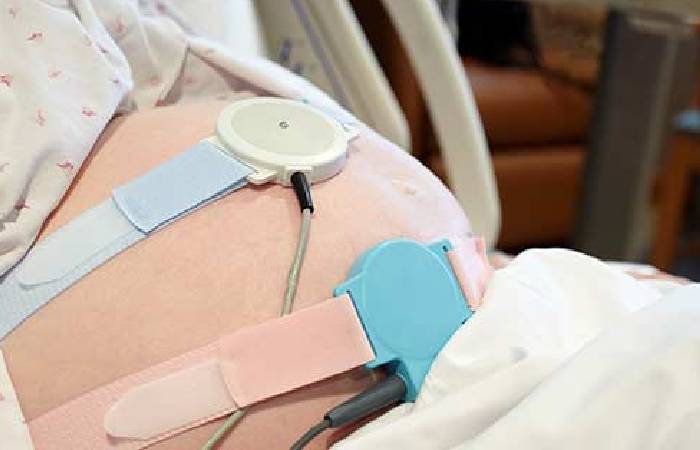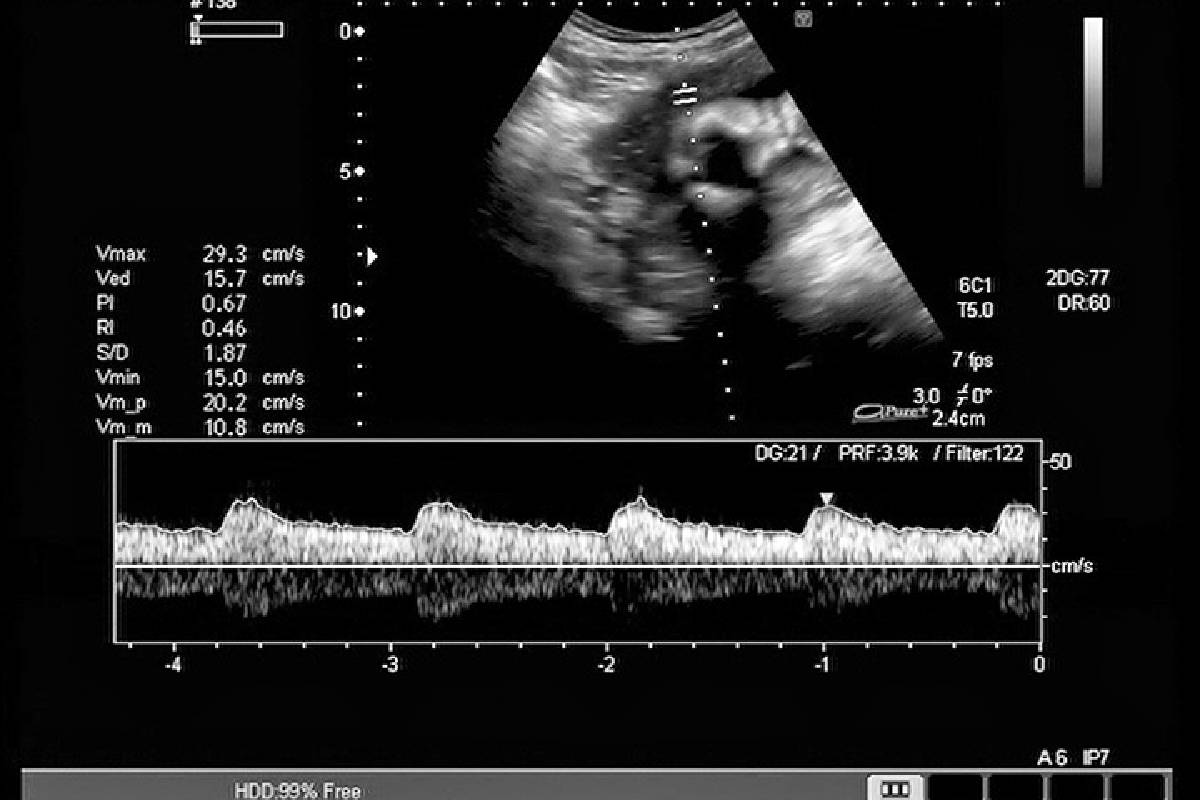Table of Contents
What is Fetal Heart Monitoring?
Fetal heart monitoring events the heart rate and rhythm of your baby (fetus). And it allows your health care provider to see how your baby is doing.
Your health care provider may perform fetal heart monitoring late in pregnancy and during labour. The regular fetal heart rate is between 110 and 160 beats per minute and can vary from 5 to 25 beats per minute. The fetal heart rate can change as your baby reacts to conditions in your uterus. An abnormal fetal heartbeat could mean your baby is not getting enough oxygen or has additional problems.
There are two conducts to do Fetal Heart Monitoring, External and Internal:
External Fetal Heart Monitoring
Its method uses a device to listen and record your baby’s heartbeat through your belly (abdomen). One kind of monitor is a Doppler ultrasound expedient. It is often used during prenatal visits to count the baby’s heart rate. It can also be used to check the fetal heart rate during labour. Your health care provider may also monitor your baby’s heart rate during labour and delivery. Also, to do this, the ultrasound probe (transducer) is attached to your belly. It sends your baby’s heart sounds to a computer. Your baby’s heart rate and rhythm are displayed on a screen and printed on paper.
Internal Monitoring of the Fetal Heart
This method uses a thin wire (electrode) placed on your baby’s scalp. The thread goes from the baby to the cervix and is connected to the monitor. And also, its method gives better readings because things like motion don’t affect it. But this can only be done if the fluid-filled sac that surrounds the baby during pregnancy (amniotic sac) has ruptured and the cervix is open. Your provider can use internal monitoring when external monitoring does not give a good reading. Or your earner can use this method to monitor your baby more closely during labour.
During labour, your health care provider will monitor your uterine contractions and your baby’s heart rate. Your provider will note how often you have contractions and how long each contraction lasts. Since the fetal heart rate and contractions are recorded simultaneously, these results can be viewed together and compared.
Why Might I Need Fetal Heart Monitoring?

It is beneficial if you take a high-risk pregnancy. Your pregnancy is high risk if you take diabetes or high blood pressure. The trouble is also big if your baby is not developing or growing as it should.
Also it can check how preterm labour medications affect your baby. These medicines are used to help prevent labour from starting too soon.
And also it can be used in other tests, including:
Test without stress. It measures the fetal heart rate when your baby moves.
Shrinkage stress test. And its measures the fetal heart rate and uterine contractions, and Contractions are started with medication or other methods.
A biophysical profile (BPP). This test combines a non-stress test with ultrasound.
Things that can affect the fetal heart rate during labour:
uterine contractions
Pain medication or anaesthesia is given during labour
Tests were done during labour
Pushing during the second stage of labour
Your healthcare provider can take other reasons for using fetal heart rate monitoring.

